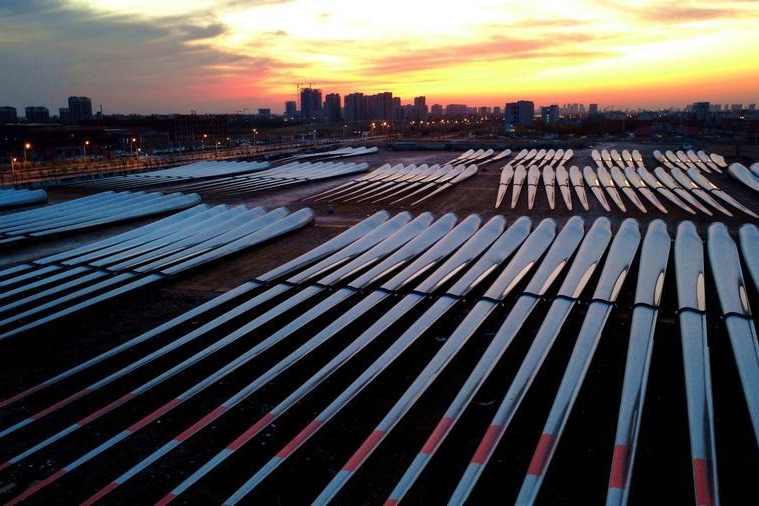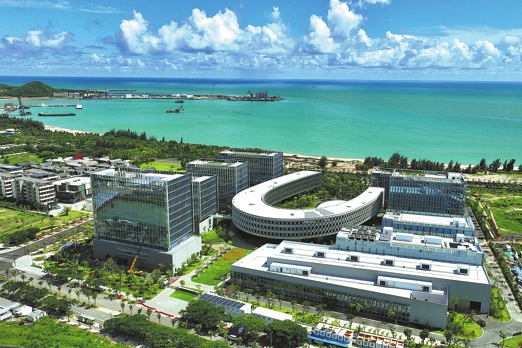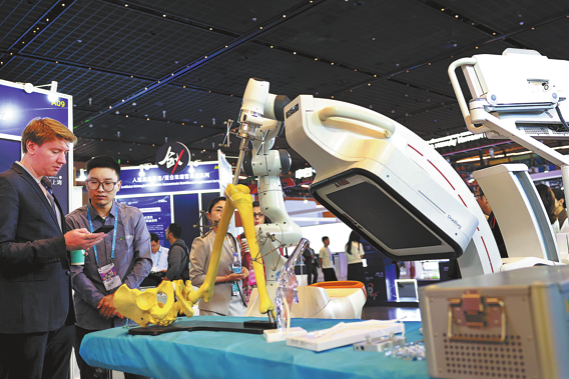Tour's increasingly bumpy ride puts safety in spotlight

VITORIA-GASTEIZ, Spain — Mark Cavendish and the bulked-up fast men were due to dispute the first bunch sprint of the Tour de France at Bayonne on Monday in an ever more dangerous competition.
While the death of Gino Maeder on the Tour of Switzerland last month was a reminder of the dangers of high-speed mountain descents, frenzied sprint finishes on flat city-center roads have always carried the risk of spectacular crashes.
In recent years, as the urban environment has become a slower, safer place for casual cyclists, one of the culprits increasing the risk for the professionals is the bike lanes themselves.
And that is causing concern for the Tour de France which traditionally finishes with high-speed laps through the glamorous center of Paris.
"It's getting more difficult to organize finish lines in town centers," Tour de France race designer Thierry Gouvenou told AFP.
Thrilling finales in downtown areas are hugely popular with fans and provide a televisual spectacle to rival the Tour's summit showdowns in the mountains.
Kerbs, roundabouts, traffic islands, speed bumps and the newer phenomenon of cycling lanes, protected by a small ridge of concrete or stone, are all meant to slow traffic and create a safer urban environment.
The opening stage of this year's Tour, around Bilbao in the Basque Country on Saturday, bounced over 96 speed bumps, a race record. And the pack will continue to find obstacles in its path after crossing the border on Monday.
"In a country such as France roads are not made for going fast anymore, but to slow speeds down," said former world champion Philippe Gilbert of Belgium.
'Mark their territory'
Tour director Christian Prudhomme says road furniture is "doubling in presence every six or seven years along the Tour route".
"In daily life this is just the ticket, but for cycle racing it doesn't make an easy fit," said Prudhomme.
More and more bike lanes and roundabouts are appearing.
"Local politicians need to mark their territory this way by showing voters they are doing something. After every election there's a new traffic island filled with flowers along the road," grumbles Philippe Mauduit, director of the Groupama-FDJ team.
The omnipresence of road furniture has massively increased the likelihood of a high-speed crash when the speeds tip toward 80 kph approaching the finish.
"Since COVID there has been an explosion of them and so much the better. But for us it's one more obstacle," says Gouvenou.
Changes along Paris' world-famous Champs Elysees and on Rue de Rivoli, which now has a bike-lane divider down the middle, have organizers in a cold sweat.
The pressure increases in the Tour de France. A rider can dine out for life on one stage win and that win might earn him a blockbuster contract and his team a new advertising deal. The most determined riders pursue victory regardless of danger.
'Switch off your brain'
"In a bunch sprint even though the risks are high you need to switch off your brain. If you don't you have no chance," said Axel Zingle of the Cofidis team.
The death of Swiss cyclist Maeder brought not only safety into the spotlight but also the behavior in the peloton.
"Falls are often caused by the riders themselves," Dutch star Mathieu van der Poel said this week.
"With Gino it looks like it was sheer bad luck though."
Tour organizers are working with urban authorities to temporarily remove as much of the road furniture as possible.
"But we can't tear everything down," ASO said.
Tuesday's stage-four finish is on a motor racing circuit at Nogaro, but those kinds of finales are less attractive to fans and TV viewers.
Races will end up finishing in "supermarket parking lots", said Stephen Delcourt, manager of the FDJSuez team and president of the UNIO, which works for safety in women's cycling.
Meanwhile, roadside spectators, armchair fans and cyclists alike, will continue to hold their breath as the peloton charges over obstacles toward the finish.
AFP

Today's Top News
- Macao SAR holds flag-raising, reception to mark 26th anniversary of return to motherland
- China issues rules to regulate pricing practices of internet platforms
- US hits over 70 IS-linked targets in Syria in massive retaliatory strikes
- Coffee needs cooperation, not confrontation
- Technological innovation brings cultural heritage alive
- Consumption to play bigger part in growth






























